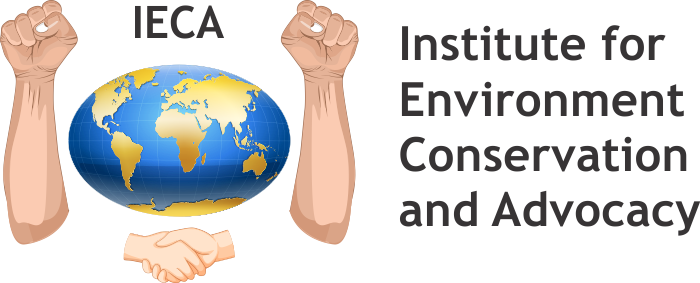Implementing experiential environmental education in colleges follows a similar approach to that in schools but with a focus on higher-level concepts and more independent learning. Here's how:
- Identify Objectives: Determine the goals of your environmental education program at the college level, considering the interests and needs of students.
- Course Integration: Incorporate environmental education components into existing college courses across disciplines such as environmental science, biology, sociology, or economics.
- Field Trips and Excursions: Organize field trips to ecological sites, research facilities, or sustainable development projects to provide real-world experiences.
- Research Opportunities: Offer research projects or internships related to environmental issues, allowing students to contribute to ongoing studies or initiatives.
- Service Learning: Facilitate service-learning projects that address local environmental challenges, partnering with community organizations or government agencies.
- Experiential Workshops: Host workshops or seminars on topics like sustainable agriculture, renewable energy, or conservation techniques, providing hands-on learning opportunities.
- Outdoor Laboratories: Develop outdoor learning spaces or laboratories where students can conduct experiments, monitor ecosystems, or study biodiversity.
- Student-Led Initiatives: Encourage students to initiate and lead environmental projects on campus, such as recycling programs, community gardens, or energy-saving initiatives.
- Cross-Campus Collaboration: Foster collaboration between different departments, student organizations, and community partners to address complex environmental issues from interdisciplinary perspectives.
- Networking and Career Development: Connect students with professionals in the field through networking events, guest lectures, or career fairs focused on environmental careers and opportunities.
- Assessment and Reflection: Evaluate student learning through assessments like research papers, presentations, or portfolio reviews, and provide opportunities for reflection on their experiences.
- Continual Improvement: Regularly review and refine your environmental education program based on feedback from students, faculty, and stakeholders, adapting to changing needs and priorities.
By implementing these strategies, colleges can create dynamic and engaging experiential environmental education programs that prepare students to address environmental challenges with knowledge, skills, and enthusiasm.

 Call :
Call :